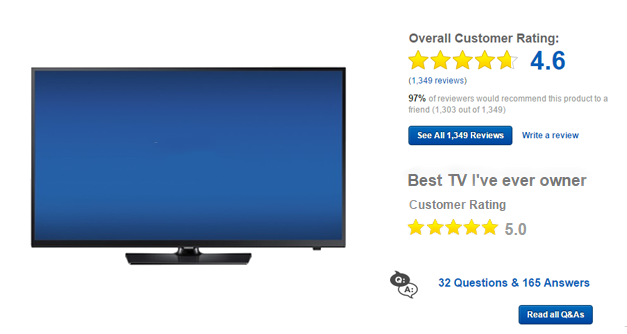Like many people, I start most of my purchases online, webrooming. Webrooming is the process of using the internet to become more educated about a product before making a purchase. Typically, consumers will look at multiple websites, reviews, blog posts or forums to determine which product best fits their needs. Once the product has been fully researched, the consumer will complete the purchase in a physical location.
Sixty percent of people 25 to 49 years of age shop this way. Because shoppers are more educated about a product from a feature stand point, brick and mortar location can focus on other areas that online shopping can’t provide: immediacy of ownership, touch, easy returns, relationships and better up-selling.

How Brick & Mortars Capitalize
1. Immediacy of Ownership
As a consumer I don’t have to wait. Even with next day delivery sometimes you want to use the product immediately. Imagine a sleeping bag broke and you are leaving town to go camping, for example.
2. Touch
This may seem obvious, but retailers have the ability for me to try on the product. This is a huge advantage over online purchasing. Some retailers even have the ability for the user to try the product out in a simulated environment.
3. Returns
Returning a product to a physical location is in many cases more rewarding than shipping a product back. Typically, the customer wants a product that solves the problem they currently have and are still looking for the right item to fill this need. Returning products online doesn’t have the same ability to fill the need as quickly as returning a product to a physical location.
4. Customer Service / Relationships
In a retail location there is a service component that is missing online. Building relationships with the customer is still extremely valuable when closing a deal. Even though the customer has as much data on a particular item as they could find, typically there are those small details that only person would know about. This is especially true in industries where additional information is shared, like best place to ski or climb. These relationships also create opportunities for additional future sales and conversations.
5. Upselling
Often times, the customer has the big purchased already figured out. In this case, the retailer has the ability to reinforce additional purchases that a web program could not have been able to do. Customers don’t always know what they need, especially if someone is starting a new sport.
Webroomers, like myself, look for opportunities to find the product they really want at a physical location. When brick and mortar associates recognize a webroomer they should look to add value to the shopping experience. This new value creation increases the long term value of the customer, who will most likely use the internet to research all products and come back to the physical location to make the purchase. In addition, webrooming increases the need for brands to collect product reviews, so that consumers can be as informed as possible from people who actually have used the product.
We are excited to introduce our newest team member, Tim Cooley. Tim recently earned an MBA from the University of Utah. He has a diverse background including new product development, online marketing, sports medicine and as a jet engine mechanic in the Marine Corps.
